When wandering through the greeting card section looking for the perfect heart and verse to give your loved one, have you ever wondered about the origin of the traditional heart shape associated with love and Valentine's day?
You already know that the origins of Valentine's day itself goes back to the ancient Romans and their festival of Lupercalia , a sensuous affair where young women put their names in a big pot and young men simply drew out a name. According to Glenn Church's 2008 article, "The man did not need to ask for a date, plan a dinner setting or a movie. Just draw a name and off to fornicate."
That rite survived until the fifth century AD when Pope Gelasius I tried to get rid of the pagan festival by superimposing a religious day honoring Saint Valentine who was martyred on February 14, 269 AD.
THE SHAPE OF VALENTINES TO COME
While honoring a beheaded saint was somewhat of a buzz-kill, it didn't do away with the celebration, just toned it down. And it has nothing to do with the heart shape we use for valentines.
So off I went in search of the real story (which, of course, doesn't exist). However, there are a number of intriguing theories.
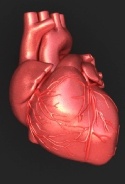
Unfortunately, the human heart doesn't really resemble the Valentine's day heart. In those days, at least some people knew what a human heart looked like and probably didn't associate it with love.
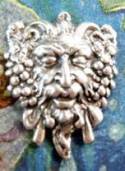
I don't know. A leopard spot? I saw most resemblance to a heart shape in this plaque, but grapes were far more predominant.
● Others claim the origins of the heart shape, as related to love, comes from the similarity to human body parts such as the shape of the back, the buttocks, breasts, and other parts which I won't mention in mixed company. Some of the similarities depend of which way your turn the heart. Of course, the use of an arrowhead to pierce a heart has "strong male overtones".
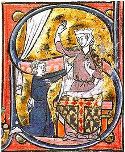
However, I found more references than any other for the next theory, which takes us back to the seventh century BC.
● During the seventh century BC, the city-sate of Cyrene was known to trade in the rare, and now extinct, plant silphium. At that time it was a well known herb widely use in the Mediterranean area for spicing food. It grew only along the Libyan coast where the climate is now considerably drier.
So what's the connection between siphium and the heart shapes used to depict romantic love?
Well, it was also used as an abortive agent for women. The day after sex, the woman would eat the silphium plant or its seeds. And its seeds were shaped like hearts. The plant was commemorated on Cyrene coins, such as the ones shown below. It's quite plausible that the shape of the seed pod became related to sex and love.
AND THAT'S HOW THE VALENTINE GOT IS SHAPE.
Resources
http://voices.yahoo.com/origins-valentines-day-heart-symbol-849689.html
http://www.kingdombaptist.org/the-origin-of-valentines-day-and-the-heart-symbol/
http://www.slate.com/articles/news_and_politics/recycled/2007/02/the_shape_of_my_heart.html
http://en.wikipedia.org/wiki/Valentine%27s_Day

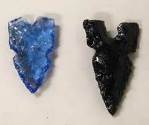
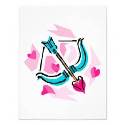
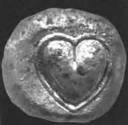

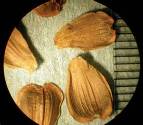
 RSS Feed
RSS Feed